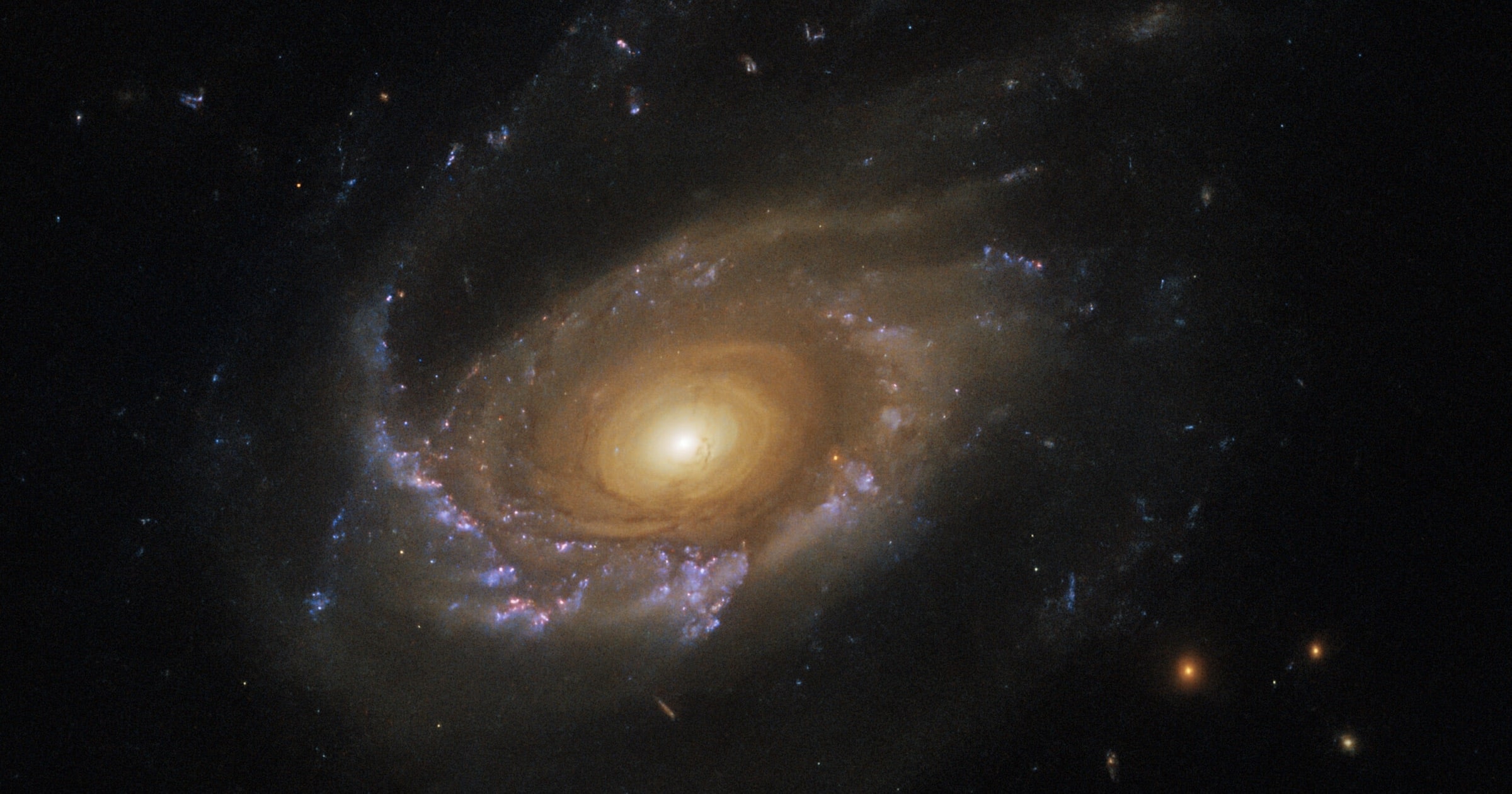 Faith & Science
Faith & Science
 Intelligent Design
Intelligent Design
For Advent, Reading St. Athanasius on the Beauty of the Universe

During what’s traditionally known in the Christian calendar as Advent, I try to crack open On the Incarnation, by St. Athanasius. My edition1 is prefaced with an introduction by C. S. Lewis, who urges the reader to get over the fear of reading old books, noting, “The simplest student will be able to understand, if not all, yet a very great deal of what Plato said; but hardly anyone can understand some modern books on Platonism…[T]his mistaken preference for the modern books and this shyness of the old ones is nowhere more rampant than in theology.” (p. 3)
Heed that Advice!
May the reader, particularly if interested in the topic of design vs. randomness in nature (which, it turns out, goes back many centuries), heed the advice! Not far into On the Incarnation, St. Athanasius celebrates the evident beauty and design of the cosmos. Here is a paragraph worth quoting in full:
[Some] say that all things are self-originated and, so to speak, haphazard. The Epicureans are among these; they deny that there is any Mind behind the universe at all. This view is contrary to all the facts of experience, their own existence included. For if all things had come into being in this automatic fashion, instead of being the outcome of Mind, though they existed, they would be all uniform and without distinction. In the universe everything would be hand or eye or foot. But in point of fact the sun and the moon and the earth are all different things, and even within the human body there are different members, such as foot and hand and head. This distinctness of things argues not a spontaneous generation but a prevenient Cause and from that Cause we can apprehend God, the Designer and Maker of all. (p. 27)
Besides the prose itself being so pleasing to read, these thoughts reaffirm some of my own main reasons for believing this universe is the product of a Mind, not chance. Countless generations of the human race have found the natural world overflowing with surplus beauty. The color, variation, and scope of all this stuff is staggering, from the flaming wreathes of galaxies to the intricacies of the wing of a hummingbird, not to mention the human eye and the wondrous complexity of the brain. Beauty beckons us beyond to contemplate the Person behind the extravagance.
The Beauty of Nature
Philip Ryken, president of Wheaton College, wrote a book this year called Beauty Is Your Destiny in which he calls readers to attend to creation with eyes of wonder. He also notes that many scientists, far from reducing the natural world to the product of chance, have been astounded by the beauty of nature and concluded that there simply must be a Designer. Ryken writes:
Some of the strongest testimonies to the beauty of creation come from what scientists say about the role of beauty in confirming their discoveries. Although we often associate beauty with the arts, it is equally important in science and mathematics. One survey of the history of science argued that beauty is a primary criterion for scientific truth and concluded that the elegance of most equations is as strong a proof for their validity as an empirical experiment. (p. 48)
By observing the patterns and laws of nature, we can elucidate a sense of design and intention, and thus, beauty. His remarks in this chapter affirm that the beauteous order of nature points to a “beautifier.”
Nature as a Book
That’s why those who recognize a Creator have someone to contemplate and thank for the gratuitous beauty evident in a mountain range, the falling autumn leaves, the gentle flow of a river, the swelling climax of a symphony, or the moving lines of a poem. Ryken goes on to quote St. Augustine: “Some people read books in order to find God. But the very appearance of God’s creation is a great book. Look above you! Look below you! Take note! Read!” (p. 49) We can observe nature as a book that’s intent on communicating its beautiful design to us.
In this age where we tend to look more at screens than at stars, when we drive more than we walk, and in which it’s so easy to get caught up in the frenetic pace of modern life, taking some time to reflect on the beautiful things in the world can lead to genuine thanksgiving. And, if you believe there is a Designer behind the design of the natural world, you will know whom to thank.
Notes
- St. Athanasius, On the Incarnation (New York: St. Vladimir’s Seminary Press, 1953).
